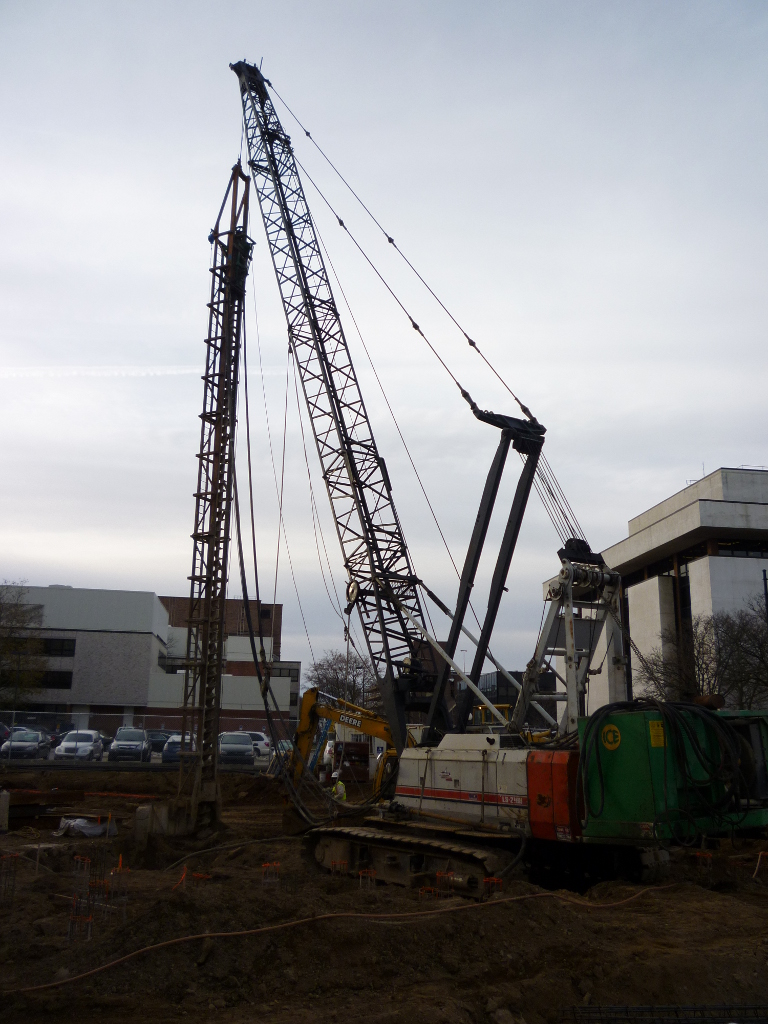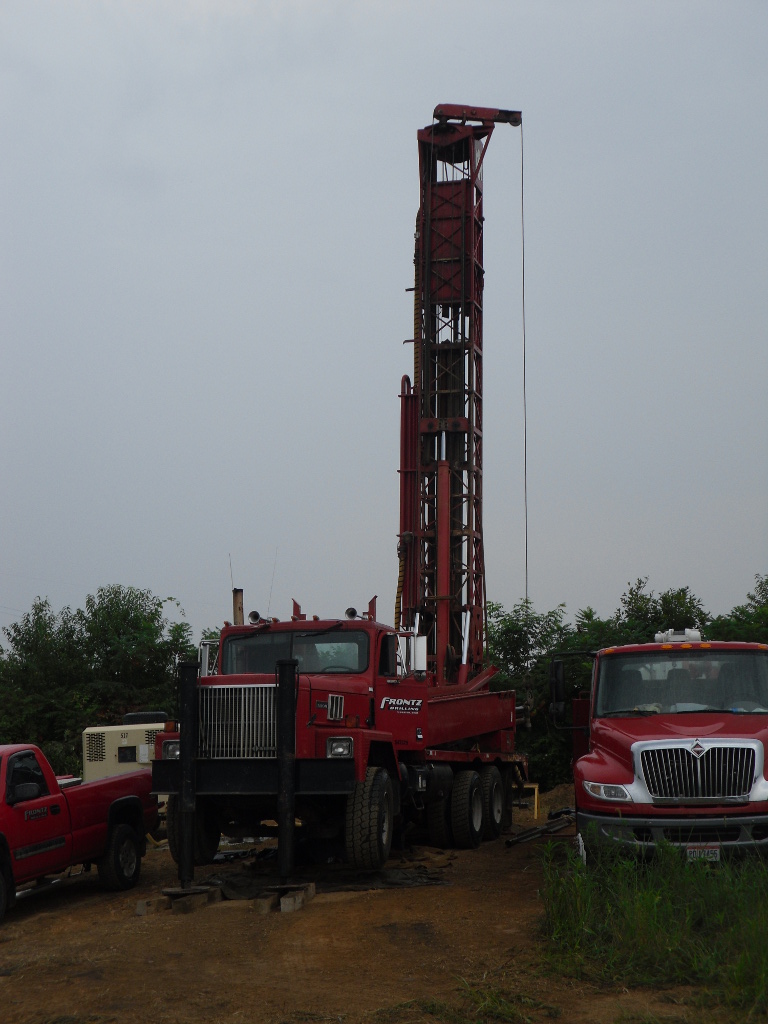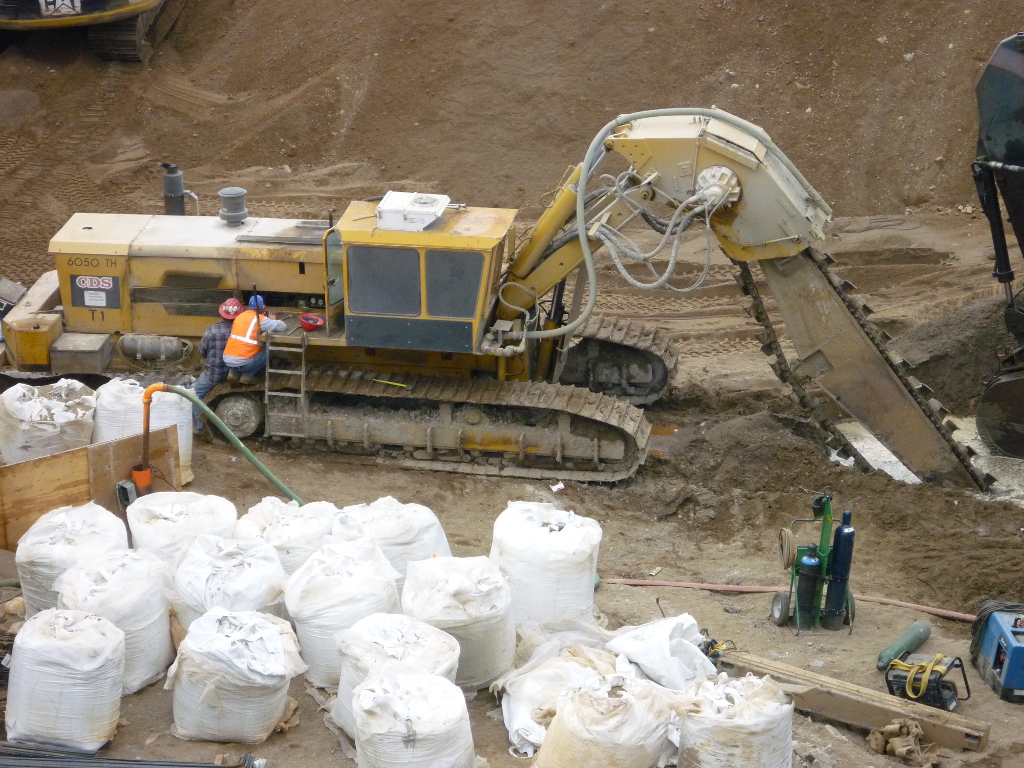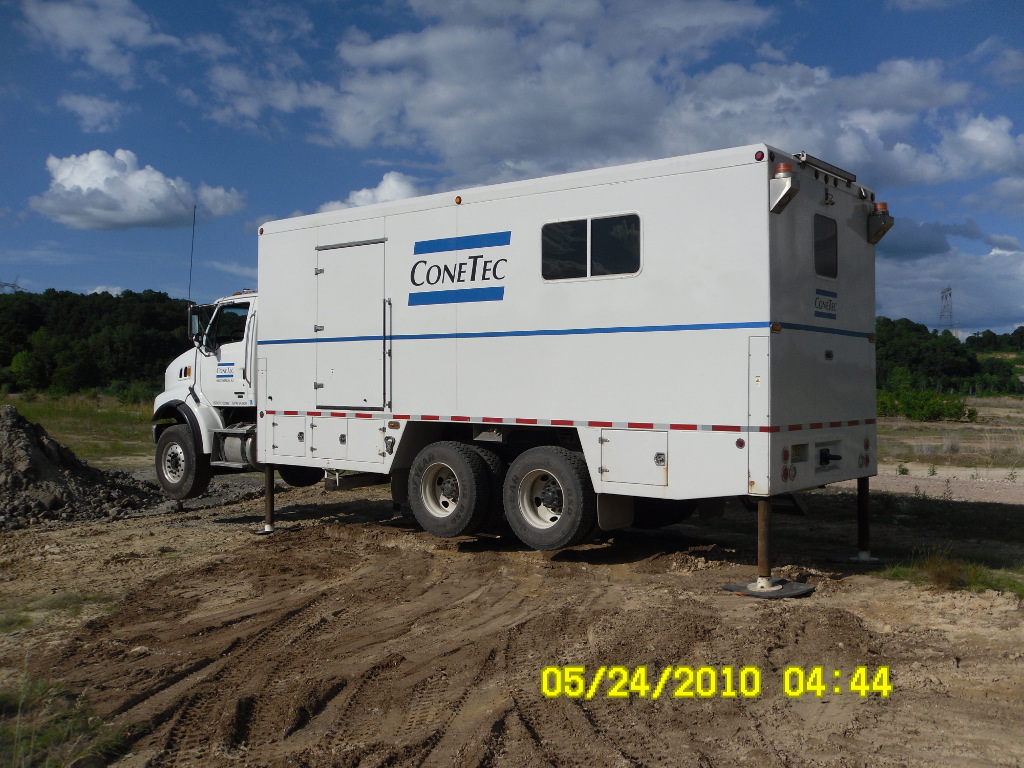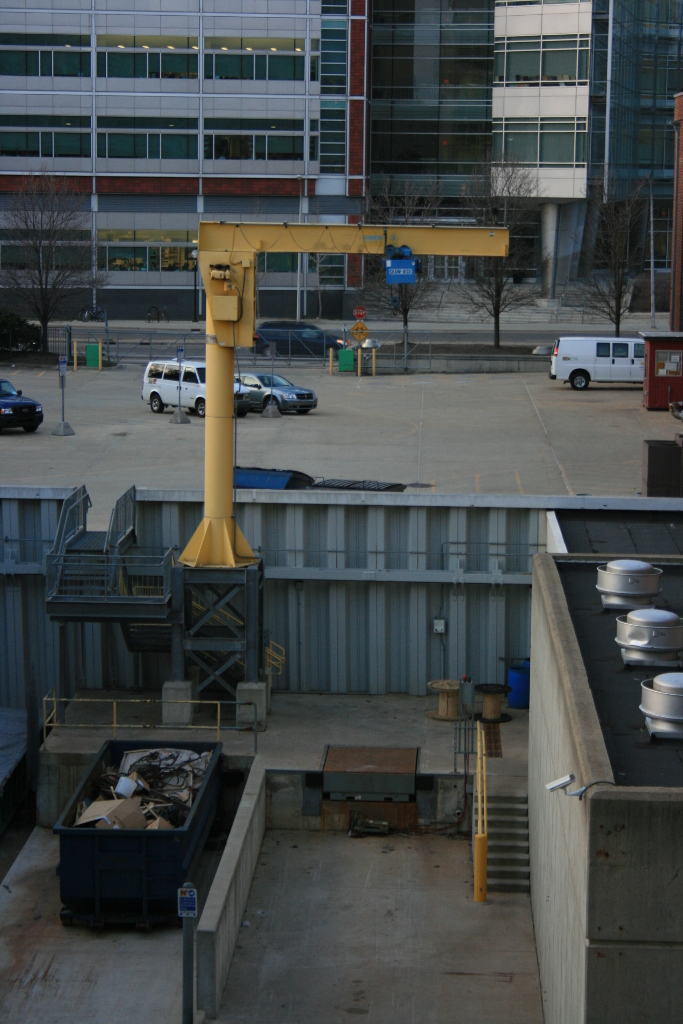
Photo Credit: Alex Mead
Featured here is a free standing jib crane (the yellow column and beam assembly). Cranes like this one are permanent pieces of equipment found in factories, fabrication shops, or adjacent to loading docks. The main advantage of a free standing jib crane is its ability to pick up a load, rotate the load, extend the reach of the jib, and deposit the load all in a very controlled and predetermined motion. This crane is in Ann Arbor, Michigan at the University of Michigan Power Plant. It is used to unload trucks from the visible loading dock.

